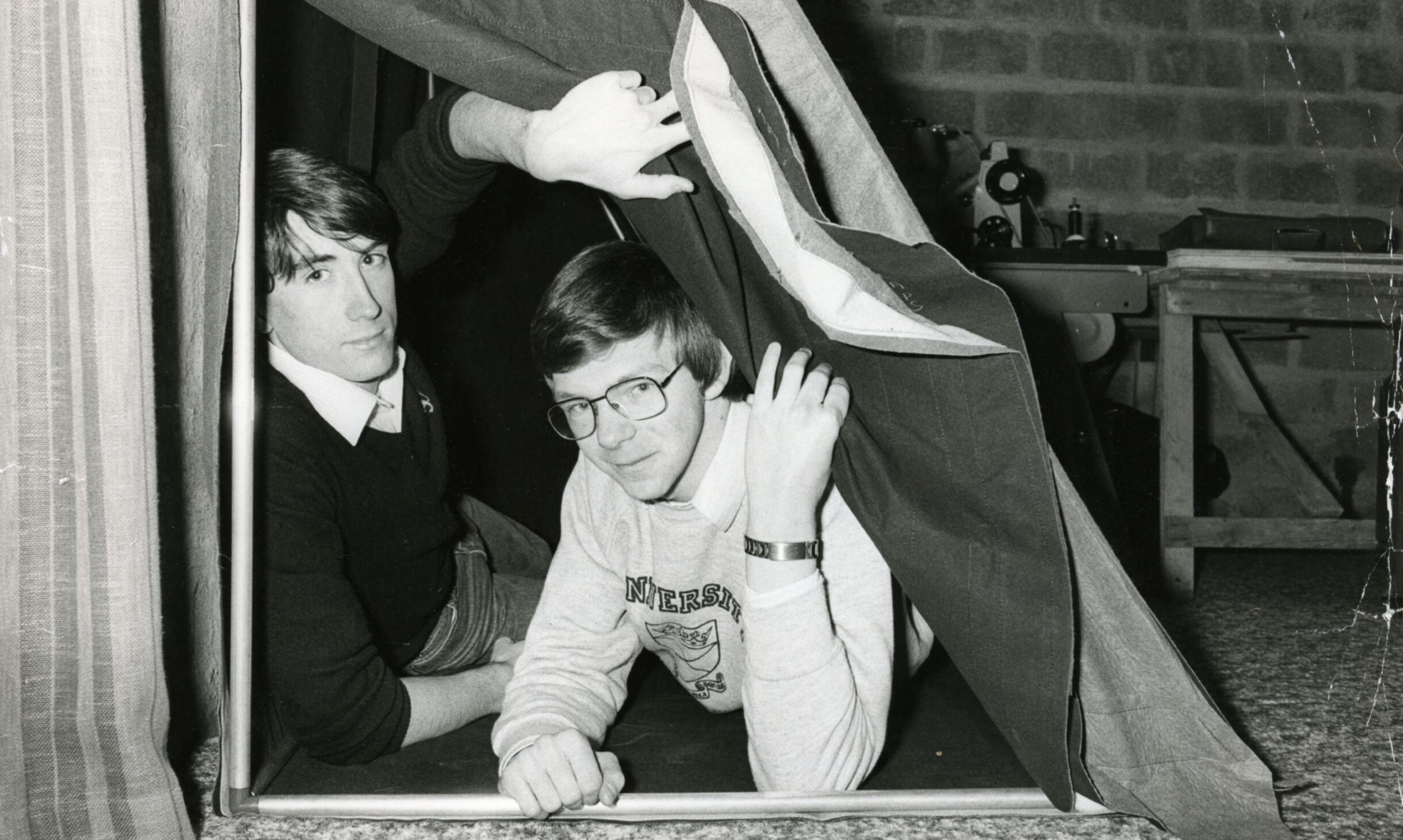
The fall of the Berlin Wall in November 1989 signalled the beginning of the end of communism throughout Eastern Europe.
The Berlin Wall was a monument to political control and the stuff of spy novels.
This was a game-changing moment.
The Cold War between East and West was soon reduced to rubble.
The divide itself was commonly referred to as the Iron Curtain.
The term was made famous by former Dundee MP Winston Churchill, who sought to warn the world of the danger posed by Stalin’s Soviet state in 1946.
Despite the hostilities, there was still much both sides had in common.
Cold War provided literary inspiration
An unlikely would-be peacemaker appeared in the form of Dundee Rotary Club.
George Muir’s 1950 presidential address called for Rotarians to contact clubs in countries bordering the Iron Curtain and extend friendship and fellowship.
Following Stalin’s death in 1953, George Morgan Thomson, Dundee East MP, called for a truce between the two sides in the interests of world peace.
The simmering conflict also provided inspiration for the arts and one of the earliest novels incorporating the Cold War was written by local author Neil Paterson.
Man on a Tightrope was adapted into a film made by Elia Kazan in 1953.
In this retelling of a true story by the former Dundee United footballer, an entire Czechoslovakian circus attempted to pierce the Iron Curtain to escape Soviet control.
Later that same year, Dundee experienced the lengths some people would go to.
When the Liberian steamer, Atlantic Coast, docked at King George Wharf in June 1953 it was carrying more than just its cargo of Canadian timber.
Originally from Bucharest, 27-year-old Stephen Darie had lost both his parents during the war and, in 1943, had been sent by the state to a mining college.
It was there he felt pressurised to join the Communist Party.
Having decided this wasn’t for him, he made his bid for freedom.
Although he had been working his way as a seaman, his lack of official documentation meant he was technically a stowaway and he was arrested in Dundee.
Secret police spied on Dundee academic
The early 1950s also showed some promising signs of mutual respect and cooperation between the people of Dundee and the Eastern Bloc.
Russian delegates from the World Poultry Congress visited the city in December 1954 to see how egg boxes were made.
The following year a Soviet trade mission arrived and expressed their wishes to resuscitate the pre-war trade in flax they had previously enjoyed.
The US Navy brought the Cold War to Angus in 1960 when RAF Edzell became a top-secret communications base as Cold War tensions intensified.
Trade missions to Dundee from the Eastern Bloc continued despite the construction of the Berlin Wall in 1961 and the Cuban Missile Crisis in 1962.
East Germany was an unashamed police state.
The Stasi gathered information on Professor Ian Wallace from Dundee University, who undertook research into East Germany and was a regular visitor from 1977.
During his time with Dundee University, as a German lecturer, Professor Wallace organised two international conferences on East Germany, in 1981 and 1983.
He invited a number of East German writers to the university as speakers, and also set up Dundee University’s academic journal on East Germany, GDR Monitor.
The Stasi attempted to influence the editorial content.
But he refused.
Spending a Cold War nuclear weekend in Dundee
The likelihood of nuclear war peaked in the early 1980s.
Which is why, in March 1981, two chemistry students from Dundee University volunteered to undertake a 48-hour vigil for the benefit of mankind.
Andrew Cameron and John Holland spent the weekend inside an experimental shelter which was designed to protect inhabitants from the effects of nuclear warfare.
The triangular structure was deemed large enough to house up to four people, along with a food box and chemical toilet.
Mercifully, the design also incorporated an activated charcoal lining to absorb all the unpleasant smells likely to occur in such a confined space.
The hardy volunteers had very little room in which to manoeuvre and emerged to a breakfast of smoked salmon and champagne after completing the task.
Only hours after ending their vigil, the pair had to sit an exam.
Whether their nuclear weekend or the effects of their champagne breakfast impacted on their performance is unknown.
How much would you have paid to survive?
Retailing at £200, the shelter was believed to be within the financial reach of every family and was manufactured by LH Civil Defense Company in Peddie Street.
As well as being a senior home defence zone scientific officer with the Scottish Home and Health Department, Dr Derrick Hoare, from the university’s chemistry department, was acting as a consultant to the company.
At that time, Scotland was divided into three zones for home defence purposes and two of the three senior advisers were staff members at Dundee University.
In the event of an attack, they would have been whisked away to one of the 31 underground control bunkers throughout Scotland.
Here, their principal responsibilities would be to advise authorities on fall-out patterns.
What if the Russians had invaded?
Dundonians were given a glimpse of how things might have looked in 1983 when huge portraits of Marx, Engels and Lenin appeared on the Caird Hall.
Dundee doubled for Moscow in the BBC TV film An Englishman Abroad.
Baffled locals were forced to do a double take.
In June 1987, President Ronald Reagan came to the Berlin Wall to make a famous appeal to Soviet leader Mikhail Gorbachev: “Mr Gorbachev, tear down this wall.”
The clock was ticking.
When the Berlin Wall came down, it wasn’t without some warning.
For one Dundonian, though, the pace of change was still amazing.
Alistair Clark, senior partner with Blackadder, Reid and Johnston, had travelled to East Berlin on October 31 1989 with two fellow legal representatives.
He was there to study how the East German legal system worked.
They witnessed the feelings of the people and their apparent need for change.
“I didn’t think when I left that the Berlin Wall, which I saw from both sides, would be demolished a few days later,” he said.
Hasselhoff united Germany on Hogmanay
Actor and singer David Hasselhoff played a part in celebrating the reunification of Germany when he performed on the Berlin Wall on New Year’s Eve.
Looking for Freedom had spent eight weeks at number one in West Germany.
The song was smuggled across the border and captured the mood of the people as protest built in East Germany against the Moscow-backed regime.
How close did he come to singing his reunification anthem in these parts?
Hasselhoff ended up on the ballot paper to become Dundee University rector in 2001.
He turned the role down due to his intensive work schedule but said he hoped to make a “one-stop visit to Dundee to speak to the students” in the future.
This prompted a £2,000 bid to persuade the star to sing for them in Dundee.
But the students were again left disappointed when Hasselhoff’s agent expressed little hope the Knight Rider and Baywatch star would ever visit the city.
So The Hoff would not be coming to Dundee, a barrier was put up by his agent that would prove impossible to bring down.
The rousing sounds of his hit song would not be ringing around City Square.
But fans of The Hoff, and lovers of freedom, will always have Berlin.
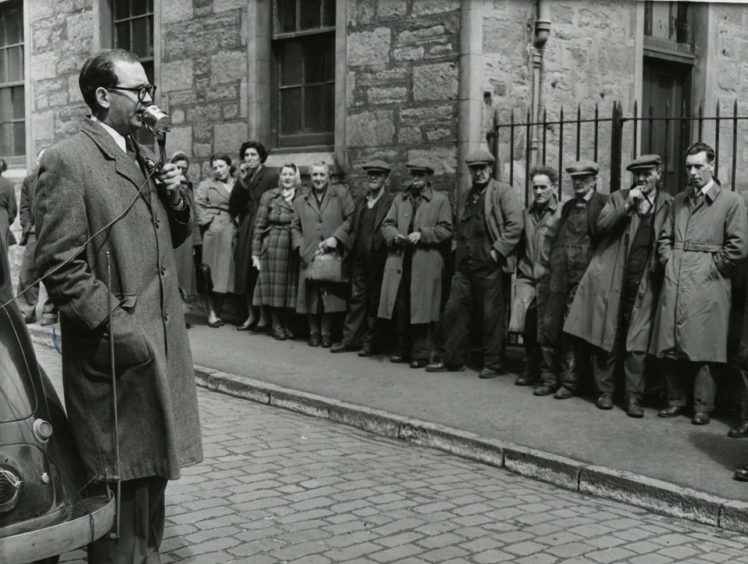
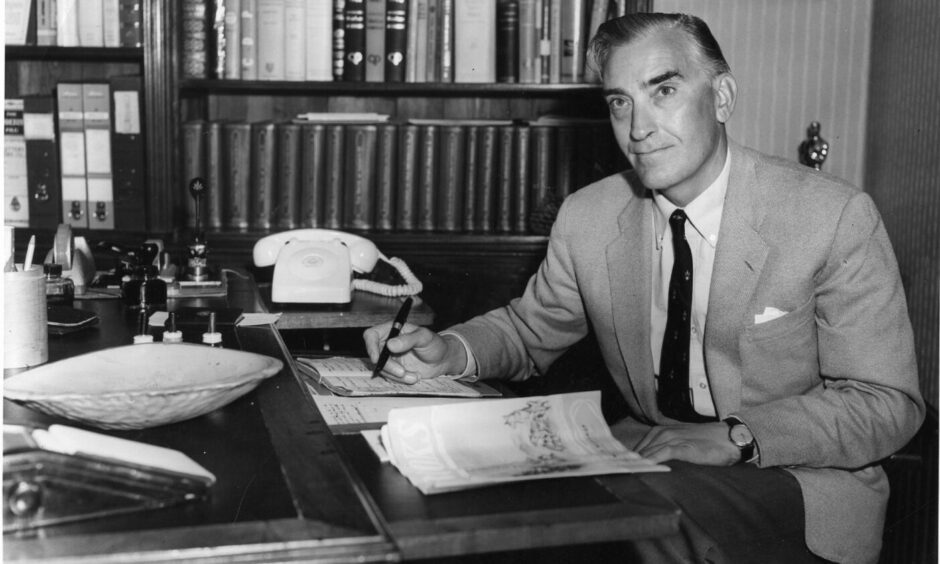
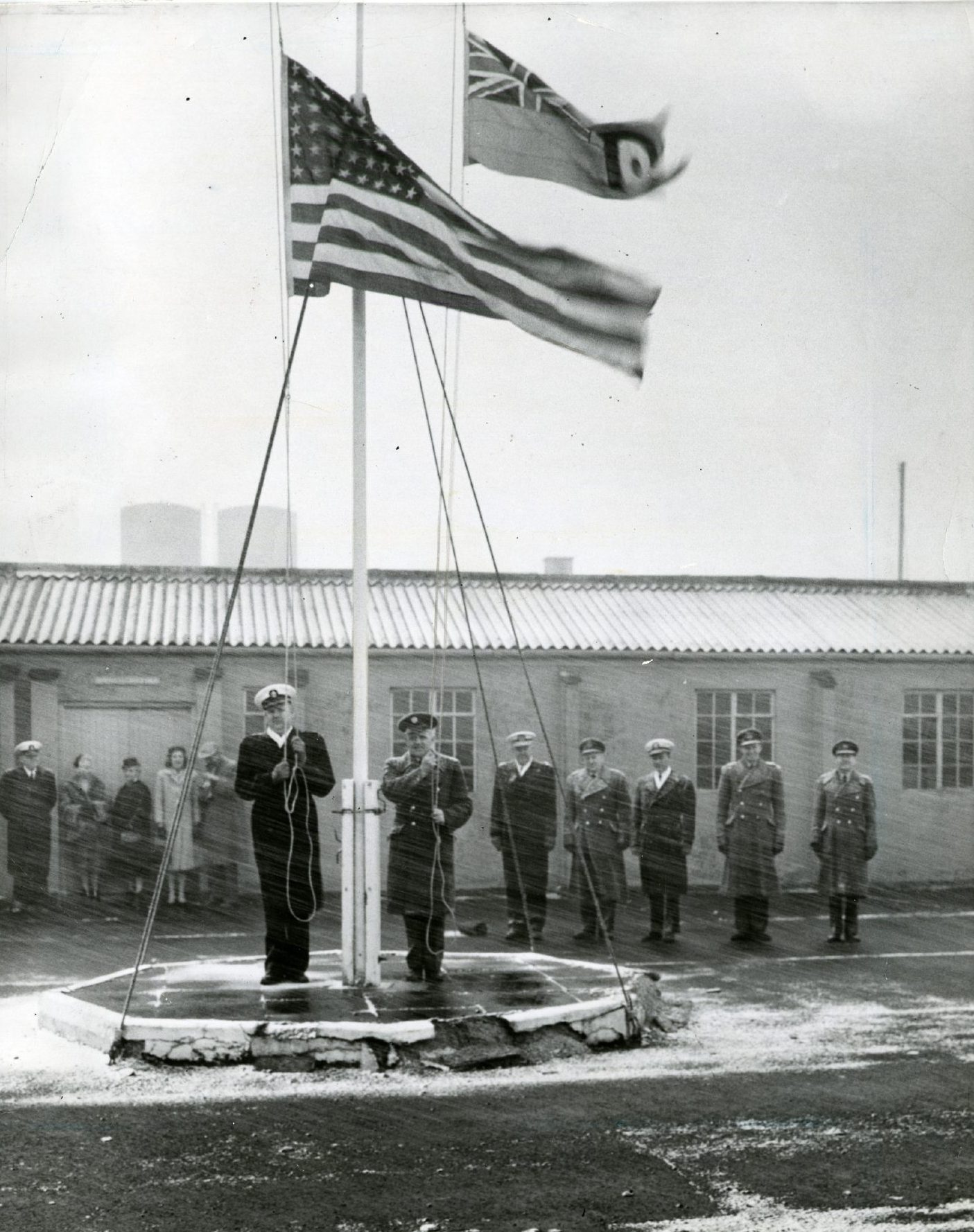
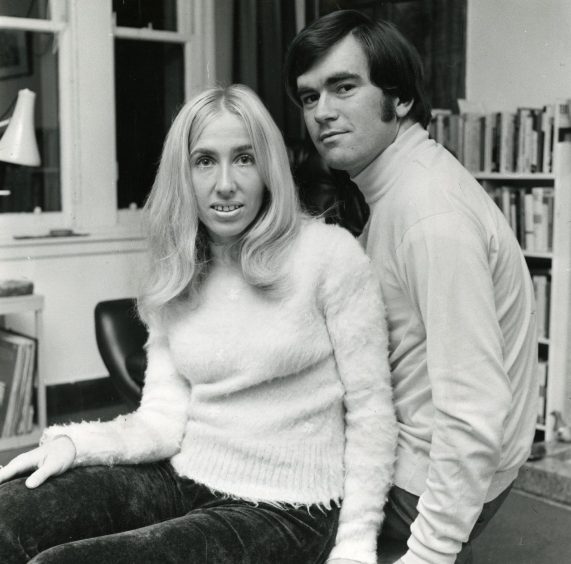
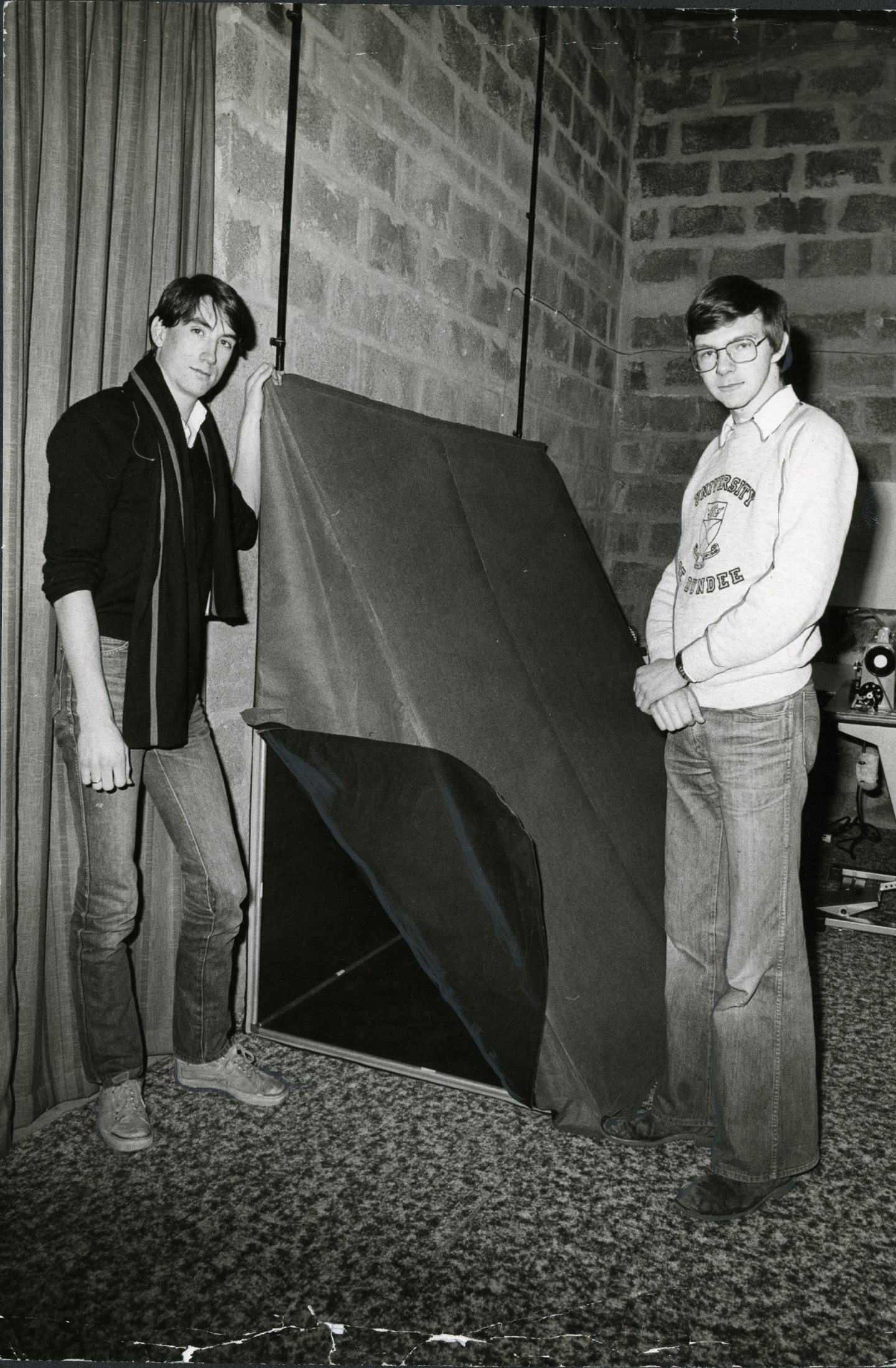
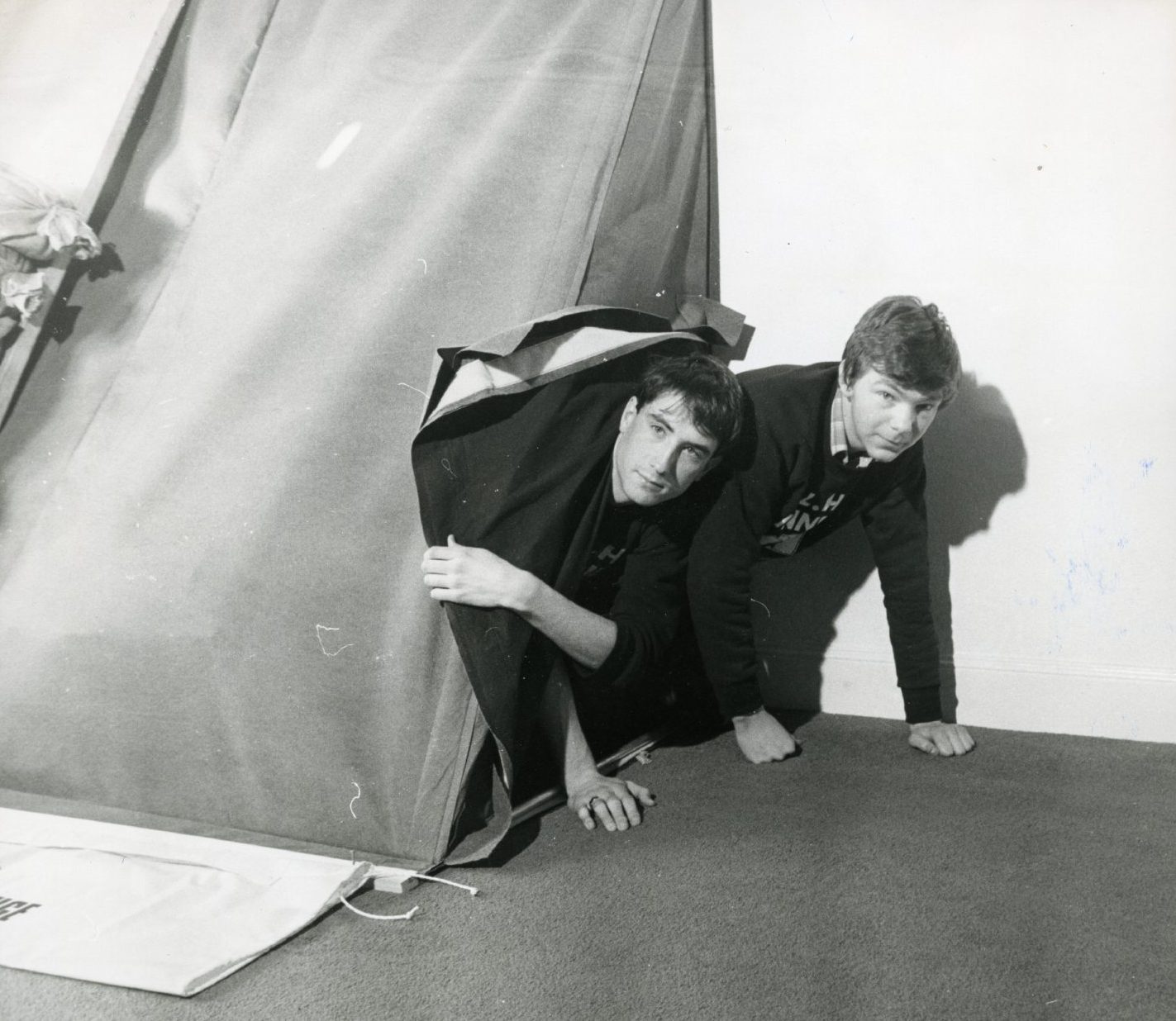
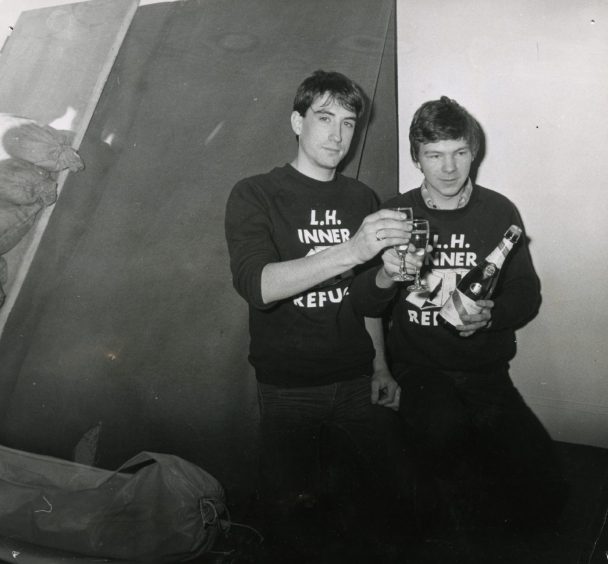
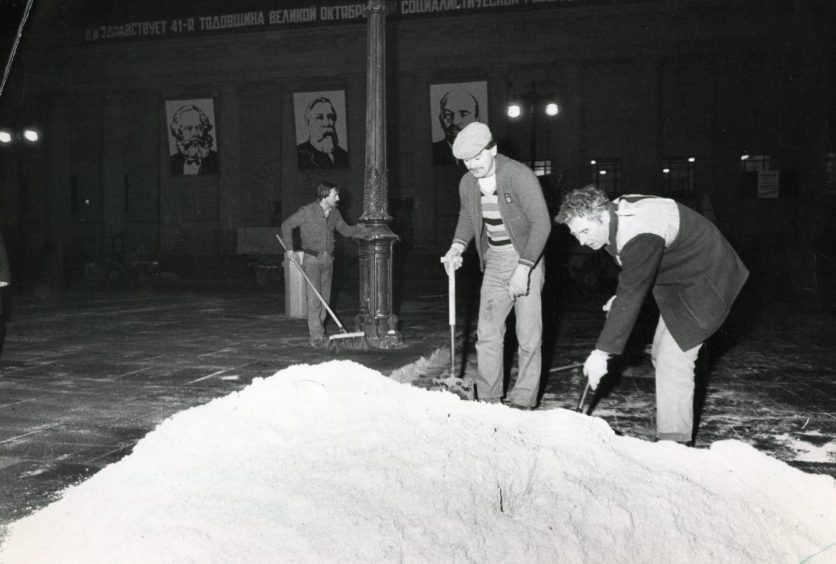
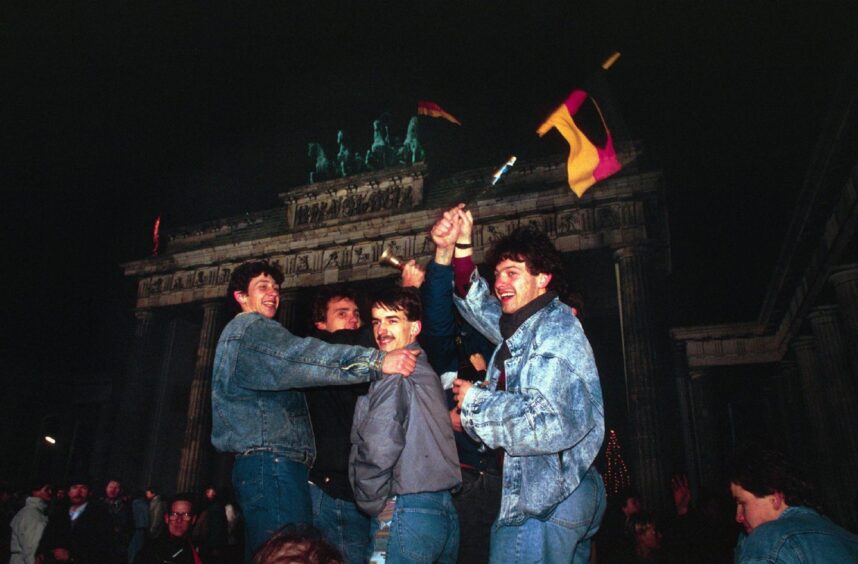
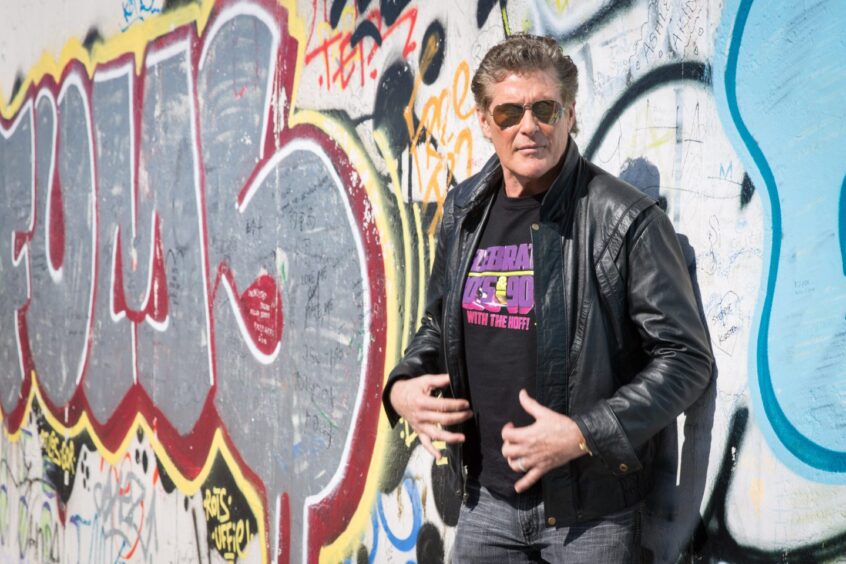










Conversation